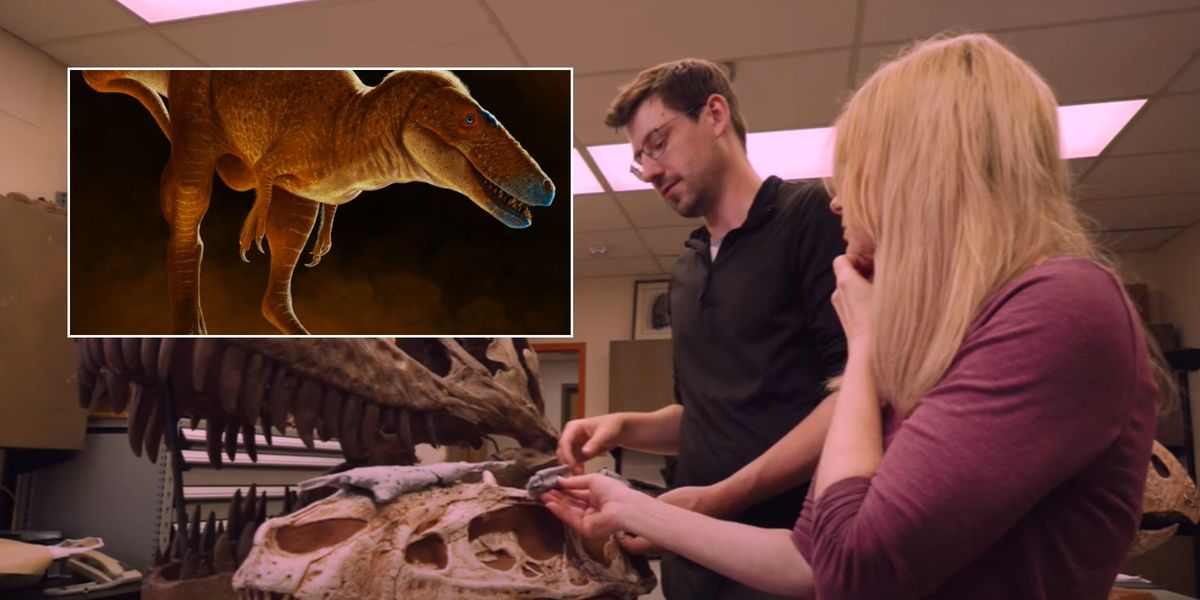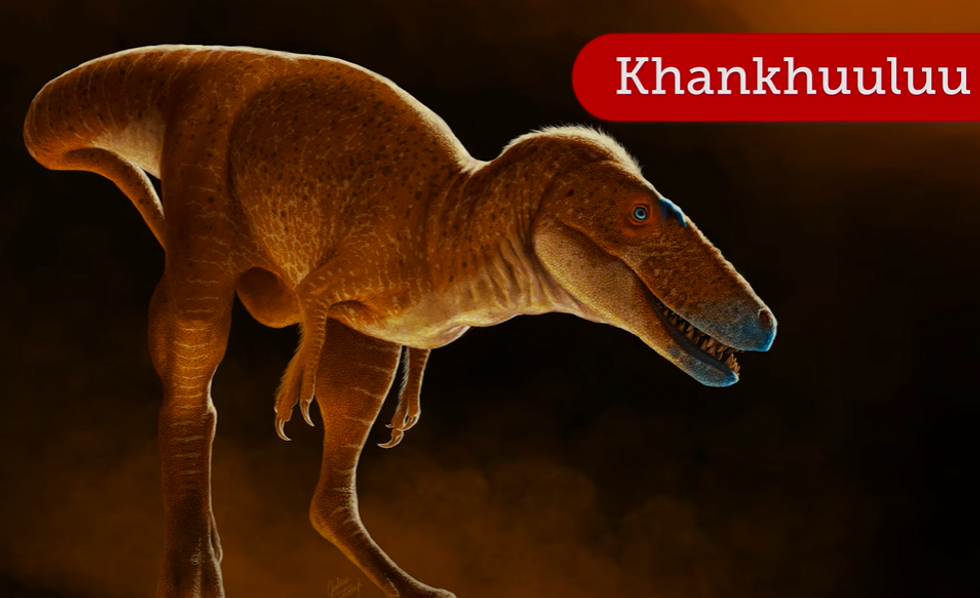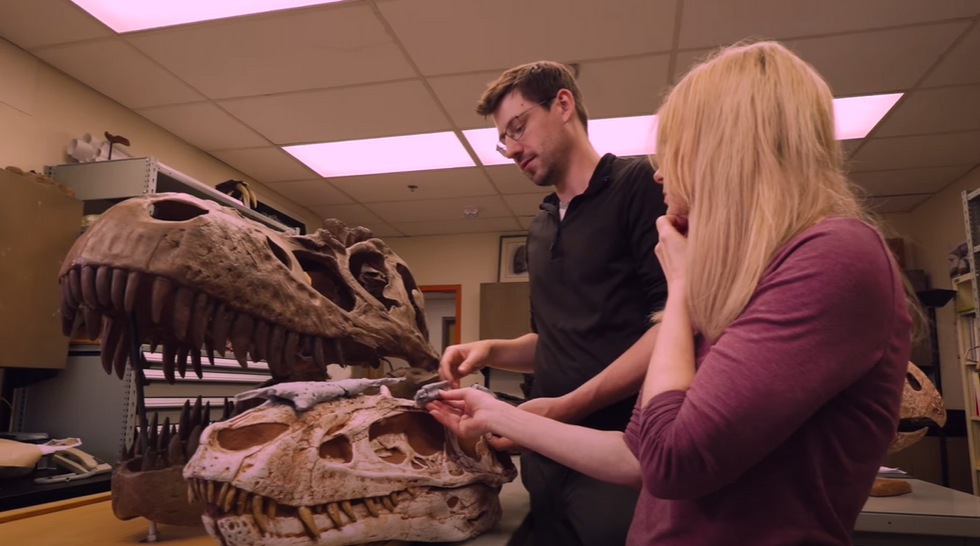



Researchers have identified a new dinosaur species within a Mongolian museum's existing collection, fundamentally altering scientific understanding of tyrannosaur evolution.
The 86-million-year-old fossils represent the nearest known ancestor to all tyrannosaurs, the predatory group that includes Tyrannosaurus rex.
Published in Nature, the finding sheds light on the transformation of these creatures from diminutive hunters into the fearsome predators that dominated North America and Asia during the final era of dinosaur dominance.
The discovery demonstrates how tyrannosaurs evolved from small, agile predators that coexisted alongside other apex predators into the formidable giants that would eventually reign supreme.

The new species has been declared as Khankhuuluu mongoliensis
YouTube/University of Calgary
Scientists have christened the species Khankhuuluu mongoliensis, with the name translating to Dragon Prince of Mongolia.
"'Prince' refers to this being an early, smaller tyrannosauroid," explained Professor Darla Zelenitsky, a palaeontologist from the University of Calgary in Canada.
The creature represents a critical transitional form linking the earliest tyrannosaurs with their massive descendants.
Weighing approximately 750kg, it was considerably smaller than an adult T-Rex, which could reach eight times that mass.
"It has helped us revise the tyrannosaur family tree and rewrite what we know about the evolution of tyrannosaurs," Zelenitsky added.
The newly identified species displays crucial anatomical developments that enabled tyrannosaurs' eventual dominance, particularly in their skull structure, which produced formidable jaw strength.
"We see features in its nasal bone that eventually gave tyrannosaurs those very powerful bite forces," explained Jared Voris, the PhD student who led the research.
These evolutionary adaptations enabled T-Rex to attack bigger prey and crush through bone.

Jared Voris and Professor Darla Zelenitsky believe it helps us revise the tyrannosaur family tree
YouTube/University of Calgary
"That movement back and forth between the continents basically pushed the evolution of different tyrannosaur groups" over millions of years, Voris noted.
The two incomplete skeletons were initially unearthed in Mongolia during the early 1970s and originally classified as Alectrosaurus, an already-known species.
Voris' examination revealed distinctive Tyrannosaur-like characteristics that distinguished it as a separate species.
The research highlights how early tyrannosaurs were "really small, fleet-footed predators that lived in the shadows of other apex predatory dinosaurs," according to Voris.
